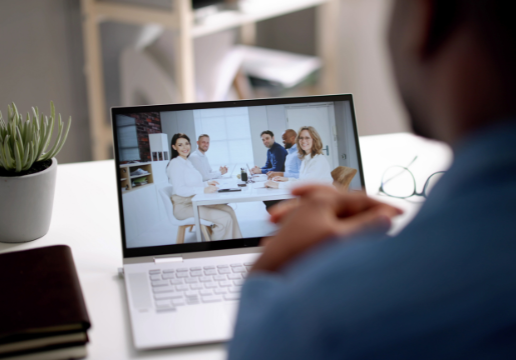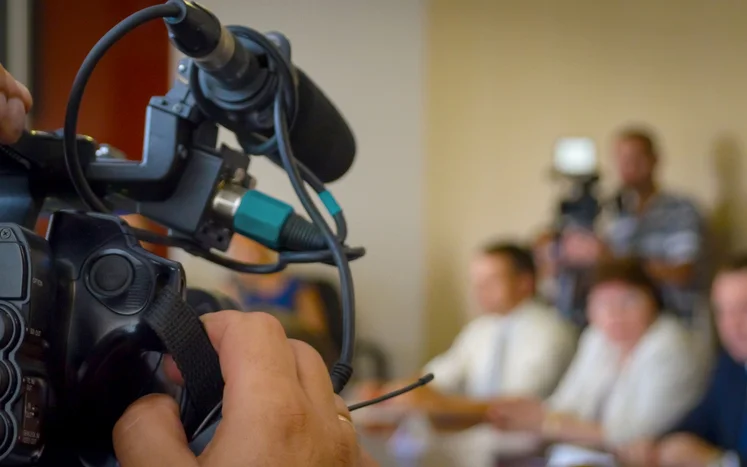Legal Videography: Improving Communication Between Lawyers and Clients
Legal Videography: Improving Communication Between Lawyers and Clients
Blog Article
Why Legal Videography Is Essential for Accurate Court Recordings
The role of lawful videography in court settings can not be overstated, as it serves as a necessary tool for maintaining the integrity of court records. The effects of integrating legal videography right into basic court room techniques raise important questions concerning its more comprehensive effect on the lawful system.
Importance of Visual Proof
In the realm of lawful process, the significance of visual evidence can not be overemphasized. Aesthetic proof works as a powerful tool in establishing facts, affirming testimonies, and enhancing the overall clearness of a situation. This type of proof, that includes pictures, video clips, and diagrams, can provide a tangible context that verbal descriptions typically lack, consequently offering courts and judges a more clear understanding of the situations surrounding a case.
In addition, visual proof help in the retention of details. Human cognition is naturally visual, and individuals are extra likely to keep in mind and understand info offered in a visual style. In the court, this can be vital, as engaging aesthetic proof can persuade opinions and reinforce the story offered by lawful representatives.
Additionally, making use of aesthetic proof can reduce misunderstandings and ambiguities that often emerge from spoken exchanges. By offering a direct depiction of events, visual proof assists to eliminate subjective analyses and promotes a more unbiased assessment of the truths. As a result, the integration of aesthetic evidence right into legal proceedings not just enhances the integrity of the judicial procedure but additionally improves the likelihood of attaining a just end result.
Recording Non-Verbal Cues
Making use of sophisticated videography techniques can dramatically improve the capture of non-verbal signs during lawful procedures. Non-verbal interaction, including faces, body language, and eye contact, plays a critical duty in conveying feelings and intentions that may not be clearly mentioned in verbal statement. legal videography. Lawful videography uses high-definition cams and strategic angles to guarantee that these refined signs are recorded with clearness and accuracy
The capacity to analyze non-verbal habits can supply beneficial context to statements made during court sessions. A witness's reluctance or confidence can be interpreted with their pose or motions, possibly affecting the court's assumption of credibility. The usage of close-up shots can aid focus on a speaker's expressions, permitting for a much more nuanced understanding of the testimony.
Moreover, incorporating several cam angles can produce a detailed view of communications, highlighting characteristics in between celebrations included. This diverse method not only boosts the precision of the court document however also aids in maintaining the honesty of the judicial process - legal videography. Ultimately, capturing non-verbal signs via legal videography fosters a richer, more total representation of court room process

Enhancing Testimony Integrity
The reliability of testament can be considerably bolstered with the use of top notch legal videography. Video clip recordings work as an objective tool that captures not just the talked words of witnesses however additionally the nuances of their shipment, consisting of tone, pacing, and emotional expressiveness. This diverse documentation offers a more clear understanding of the witness's trustworthiness and intentions, which can be critical in lawful procedures.
Moreover, legal videography decreases the potential for false impressions that may occur from created records alone. When jurors can observe a witness's disposition and body movement combined with their testimony, they are better furnished to analyze the authenticity and reliability of the evidence offered. This aesthetic context can reinforce the testimonial narrative, making it much more engaging and reputable.
Furthermore, the existence of a video clip recording can hinder possible inconsistencies in statement. Witnesses may be a lot more mindful in their declarations when they recognize they are being videotaped, leading to more accurate and honest accounts. In general, top notch lawful videography boosts the honesty of testament, making certain that the court has accessibility to a full and honest depiction of the facts as conveyed by the witnesses.
Sustaining Appeals and Reviews
Legal videography plays an important function in supporting allures and reviews by providing an extensive aesthetic record of court process. This visual documents records not only the talked words of witnesses and lawyers however likewise the nuances of body movement, intonation, and court dynamics. Such elements can be pivotal in recognizing the context of testaments and disagreements presented.
In the appellate process, where the emphasis is on errors of regulation and procedural fairness, a video clip record can function as an essential device for appellate courts. It allows courts to evaluate wikipedia reference the initial trial context, making certain that decisions are based upon a complete understanding pop over to this site of the proceedings. The ability to aesthetically evaluate the behavior of witnesses or the interactions in between parties can disclose insights that created transcripts might ignore.

In addition, legal videography can assist in clarifying uncertainties in testimonies or procedural judgments, thus reinforcing the basis for an appeal. By using a reputable, unbiased account of what transpired in court, lawful videography not just supports the stability of the lawful process however additionally empowers all celebrations entailed to make educated decisions regarding their instances.
Streamlining Court Processes
Enhancing court performance, lawful videography streamlines processes by offering instant access to aesthetic documents of procedures. This modern technology permits courts, lawyers, and courts to take another look at critical testimony and evidence, guaranteeing that all celebrations have a clear understanding of the situation. By catching the nuances of verbal and non-verbal communication, videography enriches try these out the record, making it easier to grasp the context and weight of testimonies.

Furthermore, video clip recordings can assist in remote participation in hearings, enabling higher adaptability in scheduling and engagement, which is especially beneficial in complicated cases including multiple stakeholders.
Final Thought
To conclude, lawful videography plays a vital function in ensuring precise court recordings by giving vital aesthetic evidence that records both verbal and non-verbal interaction. This technique improves the integrity of testimonies, sustains appellate testimonials, and simplifies courtroom procedures. By promoting a detailed understanding of courtroom characteristics, legal videography eventually adds to more equitable judicial end results, reinforcing the integrity of the legal system and promoting informed decision-making.
Report this page